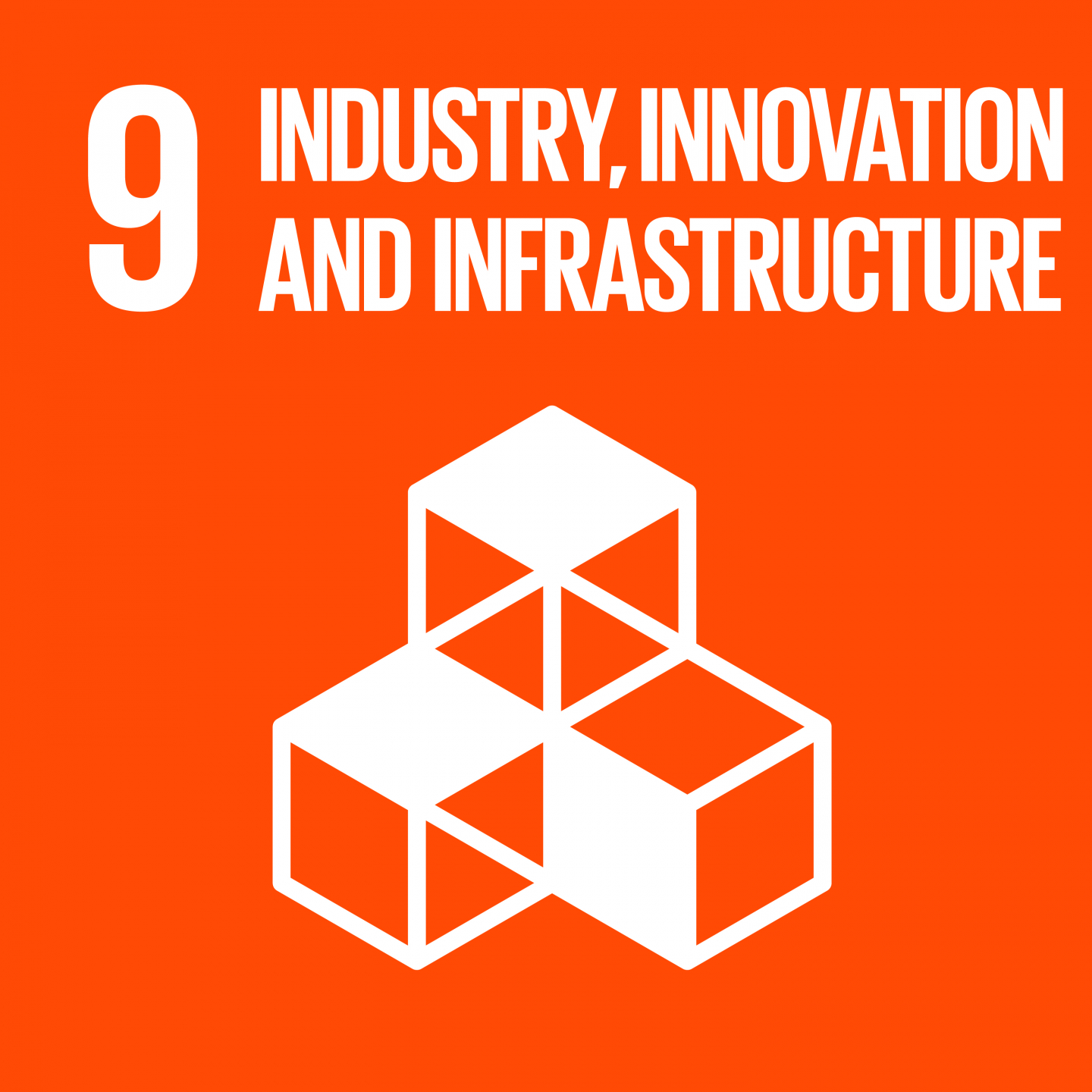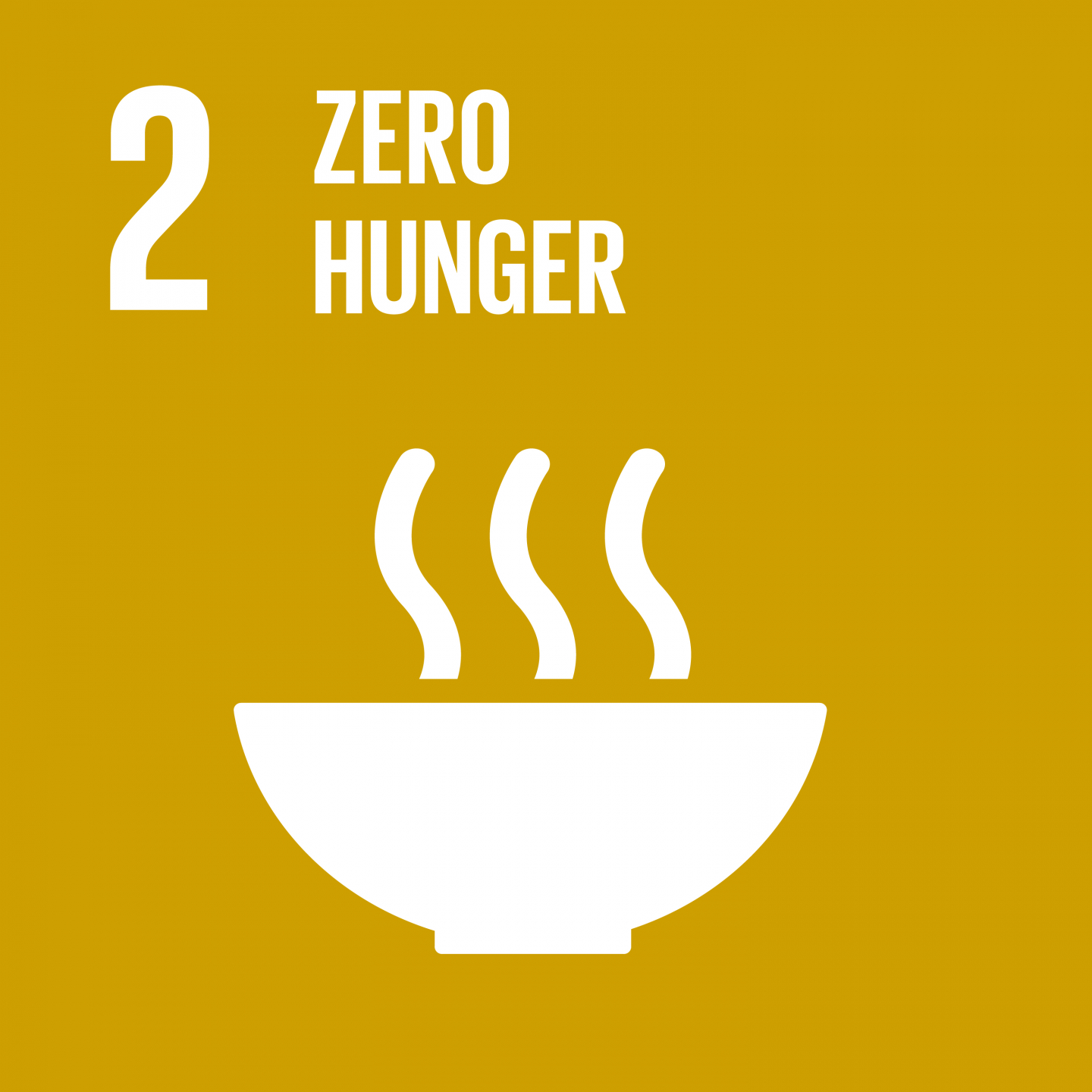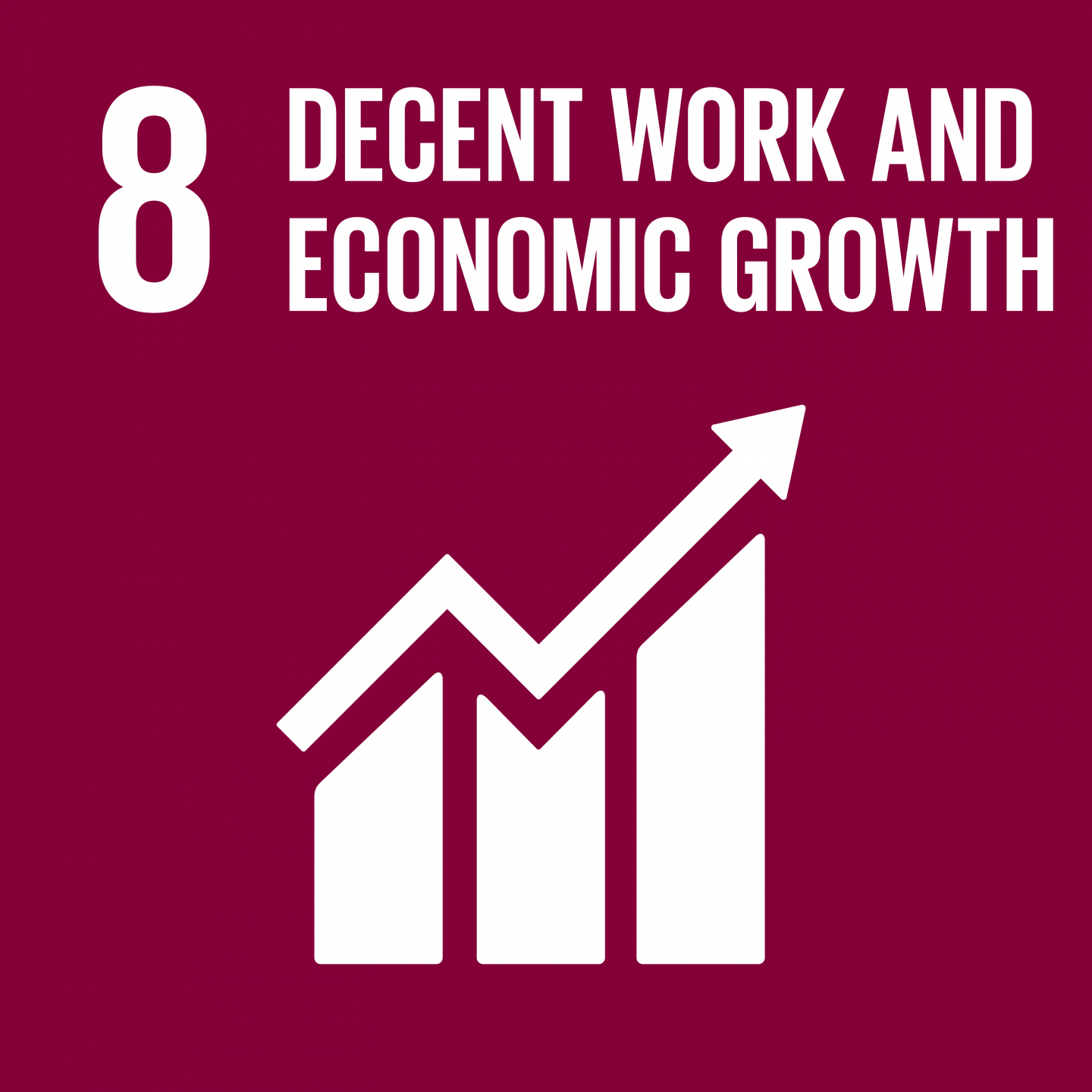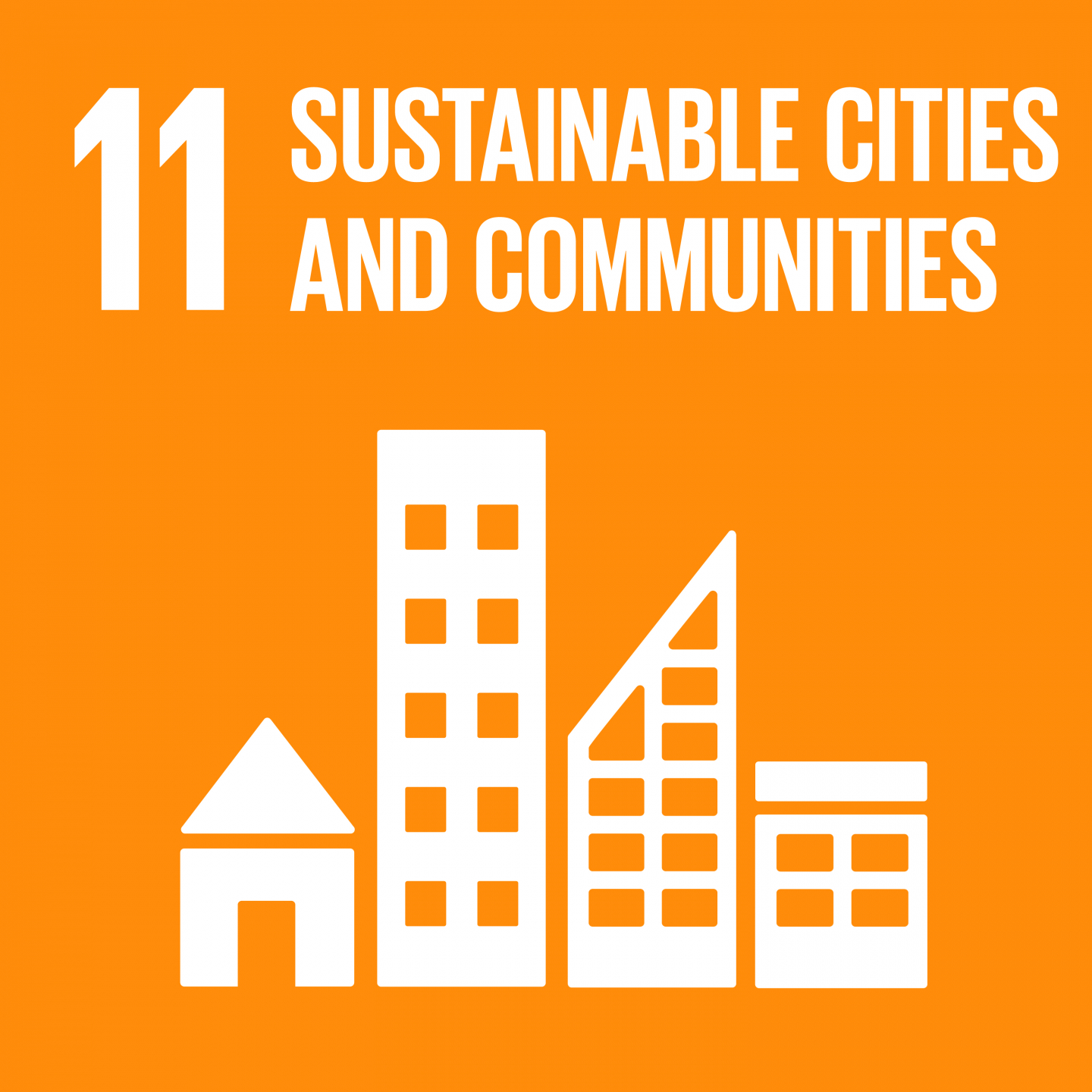Market Analysis & Strategy 






According to the Directorate-General of Budget, Accounting and Statistics from Executive Yuan, Taiwan's economic growth rate is estimated to be revised up to 4.64% in 2021 and reached its highest over the past 7 years. However, there are always unpredictable changes before the pandemic is fully under control. The catering industry is highly related to the lives of everyone, the only way to successful sustainable business is to play to our strengths, be flexible in problem-solving, continuous innovations and advanced deployment. Besides, healthy diet, plant-based diet, and ready-to-eat food are becoming nowadays trends that accelerate the restaurant transformation. New technologies are also driving business opportunities for delivery platforms and robot services. Customers are demanding more and more unique experiences. Therefore, An-Shin closely observes the industry trends, actively explores opportunities and keeps improving the products and dining experience. We analyze the opportunities and potential threats of our business and build various strategies:
| SDGs | Industry Trend | Opportunities | Threats | Tactics |
|---|---|---|---|---|
|
|
Multiple Payment Gateways |
Popularized mobile devices and encourage online transaction | Construction and system connection costs |
|
| Increasing consumer acceptance | Transaction accuracy |
|
||
| Reduce paper invoice printing | Consumer data security |
|
||
| Reduce cash payment and human errors | Complex marketing and reward system |
|
||
| Food Delivery Service | Expand the business channels | Highly competitive catering industry |
|
|
| Reach out for potential customers | Decreasing dine-in restaurant demand |
|
||
| Consumer demand for convenience | Increasing delivery platform’s commission |
|
||
| Rising gig economy | Traffic management and exhaust emissions Delivery drivers’ safety |
|
||
 |
Automation | Reduce workload and human errors, improve service efficiency. | Machine development and construction costs |
|
| Collect consumer information | Data analysis and decisions |
|
||
| Improve consumer experience | Review of manpower planning and allocation Reshaping of service process and renovation |
|
||
    |
Smart Agriculture | Industry-academia collaboration | Lack of talent in related fields |
|
| Coping with climate change and develop a solution for food crisis | Increase in production |
|
||
| Smart agricultural technology innovation | Establish a new business model |
|
||
| Reduce waste and carbon footprint | Environmental construction cost |
|
||
| Food Safety | Environmental protection and health awareness | Raw material management |
|
|
| Public health | Supplier management |
|
||
| Consumers' curiosity | Consumer acceptance for new ingredients |
|
||
| Alternative protein sources | Increasing acceptance with fewer choices |
|







